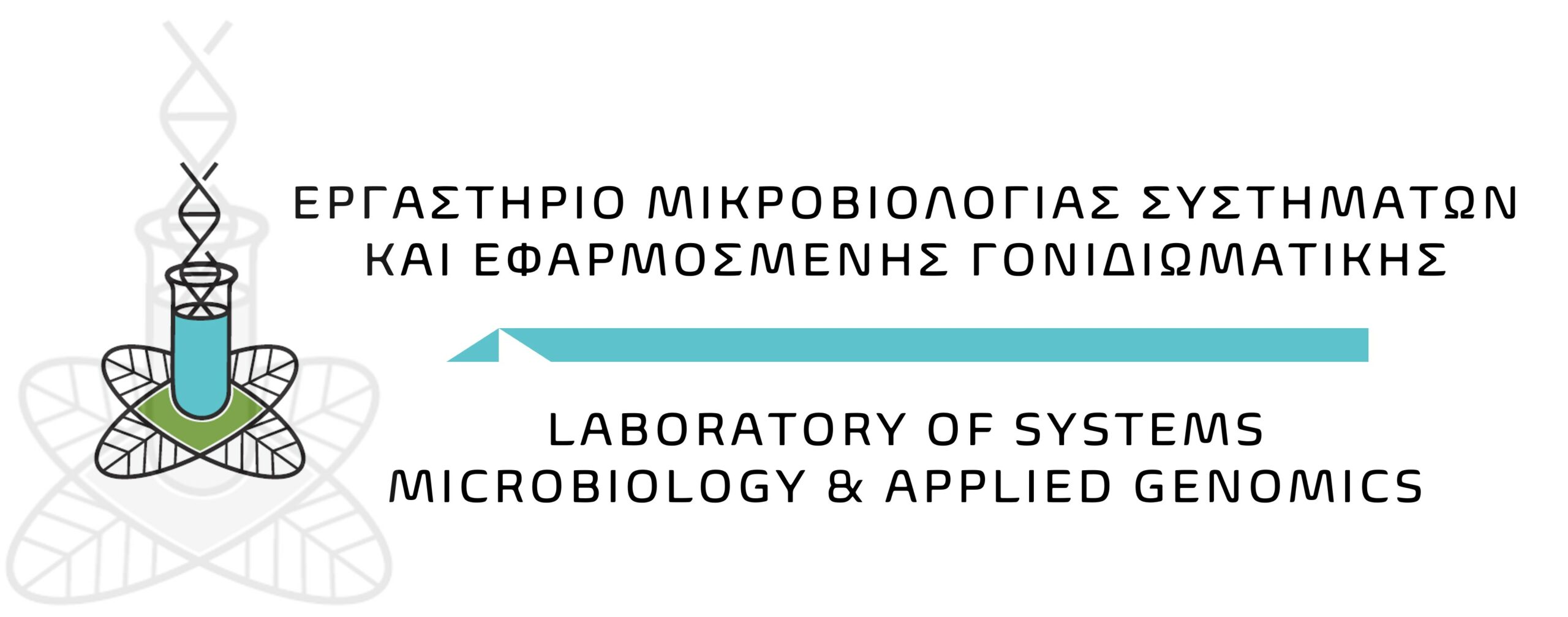Περίληψη
The role of symbiotic microbes in insects, especially the beneficial character of this interaction for insects, has received much attention in recent years as it has been related to important aspects of the host insects’ biology such as development, reproduction, survival, and fitness. Among insect hosts, tephritid fruit flies are well known to form beneficial associations with their symbionts. To control these destructive agricultural pests, environmentally friendly approaches, like the sterile insect technique as a component of integrated pest management strategies, remain most effective. In this study, changes in the bacterial profile of mass‐reared oriental fruit flies, Bactrocera dorsalis (Hendel) (Diptera: Tephritidae), were examined in both larval and adult stages and also after irradiation by employing a 16S rRNA gene‐based Illumina sequencing approach. Proteobacteria was the prevalent bacterial phylum in non‐irradiated adults and larvae. Alphaproteobacteria was the most abundant class in larvae but almost absent in adults, which was dominated by Gammaproteobacteria. Firmicutes were present in both developmental stages but at lower relative abundance. At genus level, Acetobacter prevailed in the larval stage and members of the Enterobacteriaceae family in adults. Irradiated samples exhibited higher diversity and richness indices compared to the non‐irradiated oriental fruit flies, whereas no significant changes were observed between the two developmental stages of the non‐irradiated samples. Lactobacillus, members of the Orbacecae family, and Morganella were detected but to a lesser degree upon irradiation, whereas the relative abundance of Lactococcus and Orbus increased. The bacterial profile of larvae appeared to be different compared to that of adult B. dorsalis flies. The subsequent application of irradiation at the pupal stage led to the development of different microbiota between treated and untreated samples, affecting diversity and operational taxonomic unit composition. Irradiated samples of oriental fruit flies were characterized by higher species diversity and richness.
